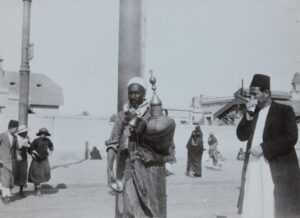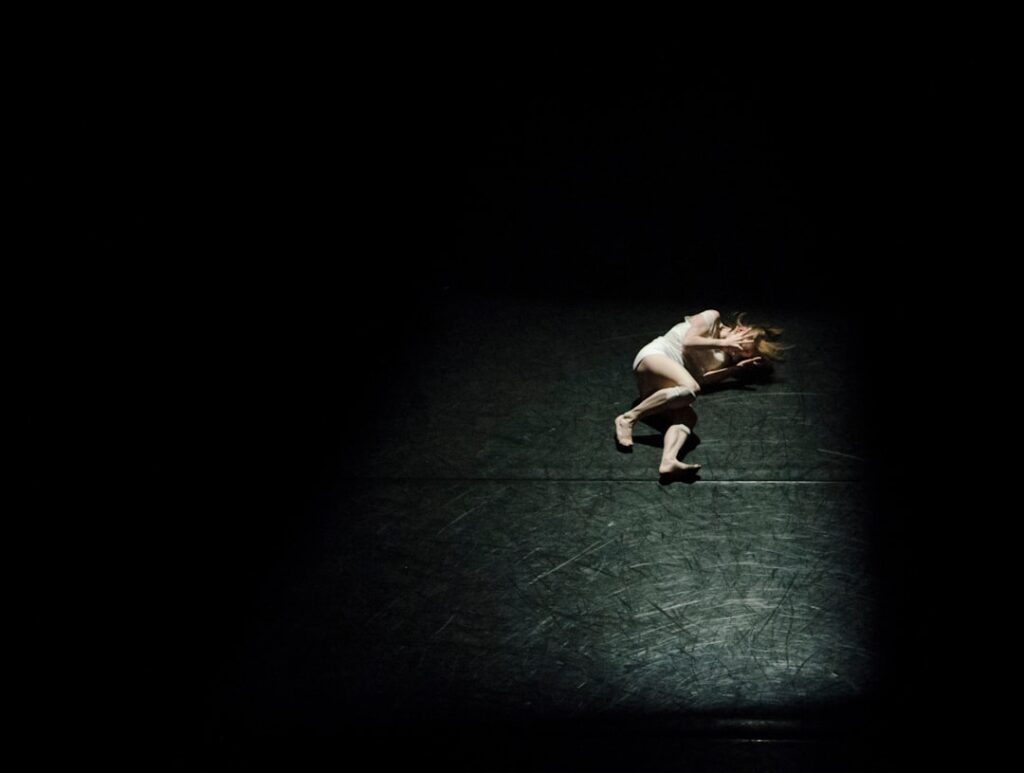The Celsius and Fahrenheit scales are two common units of temperature measurement used around the world. The Celsius scale, also known as the centigrade scale, is based on the freezing and boiling points of water, with 0°C representing the freezing point and 100°C representing the boiling point at standard atmospheric pressure. The scale was developed by Swedish astronomer Anders Celsius in 1742 and is widely used in scientific and everyday applications in most countries.
On the other hand, the Fahrenheit scale was developed by German physicist Daniel Gabriel Fahrenheit in 1724. This scale is based on a mixture of water, ice, and salt, with 32°F representing the freezing point of water and 212°F representing the boiling point at standard atmospheric pressure. The Fahrenheit scale is primarily used in the United States and a few other countries, and it is known for its smaller degree increments compared to the Celsius scale.
Both scales are used to measure temperature, but they have different reference points and degree increments. Understanding the relationship between these two scales is important for various practical applications, such as cooking, weather forecasting, and scientific research.
Key Takeaways
- The Celsius scale is based on the freezing and boiling points of water, while the Fahrenheit scale is based on the freezing point of a saltwater solution and the average human body temperature.
- The formula to convert Celsius to Fahrenheit is (C x 9/5) + 32, where C is the temperature in Celsius.
- To convert 200 Celsius to Fahrenheit, use the formula (200 x 9/5) + 32 to get 392 degrees Fahrenheit.
- Understanding temperature conversions is important for cooking, weather forecasting, and scientific research.
- 200 Celsius is equivalent to 392 Fahrenheit, showing that the Fahrenheit scale has larger degrees than the Celsius scale.
- The inverse formula to convert Fahrenheit to Celsius is (F – 32) x 5/9, where F is the temperature in Fahrenheit.
- Understanding temperature conversions is crucial for accurate measurements and communication in various fields.
Converting Celsius to Fahrenheit: The Formula
Converting temperatures from Celsius to Fahrenheit involves a simple mathematical formula. The formula for converting Celsius to Fahrenheit is F = (C x 9/5) + 32, where F represents the temperature in Fahrenheit and C represents the temperature in Celsius. By using this formula, you can easily convert temperatures from one scale to the other.
To illustrate this formula, let’s consider an example. If you have a temperature of 20°C and you want to convert it to Fahrenheit, you would use the formula F = (20 x 9/5) + 32. By performing the calculation, you would find that 20°C is equivalent to 68°F in the Fahrenheit scale. This simple formula allows for quick and accurate conversions between Celsius and Fahrenheit temperatures.
Converting temperatures between these two scales is essential for various practical purposes, such as international travel, scientific experiments, and understanding weather forecasts. By mastering this conversion process, you can easily interpret temperature measurements regardless of the scale used, making it a valuable skill in many fields.
Step-by-Step Guide to Converting 200 Celsius to Fahrenheit
Converting 200 degrees Celsius to Fahrenheit involves using the conversion formula F = (C x 9/5) + 32. To demonstrate this process step by step, let’s apply the formula to convert 200°C to Fahrenheit.
Step 1: Start by plugging in the given temperature in Celsius into the conversion formula. In this case, C = 200.
Step 2: Use the formula F = (200 x 9/5) + 32 to calculate the equivalent temperature in Fahrenheit.
Step 3: Perform the multiplication first by multiplying 200 by 9/5, which equals 360.
Step 4: Add 32 to the result of the multiplication, which gives you 392.
Step 5: The final result is that 200°C is equivalent to 392°F in the Fahrenheit scale.
By following these steps and using the conversion formula, you can accurately convert temperatures from Celsius to Fahrenheit. This process is straightforward and can be applied to any given temperature in Celsius, allowing for seamless conversions between the two temperature scales.
Practical Applications of Converting Temperatures
| Temperature Conversion | Formula | Practical Application |
|---|---|---|
| Celsius to Fahrenheit | (°C × 9/5) + 32 | Converting weather temperatures |
| Fahrenheit to Celsius | (°F – 32) x 5/9 | Setting oven temperatures for baking |
| Celsius to Kelvin | °C + 273.15 | Scientific research and experiments |
The ability to convert temperatures between Celsius and Fahrenheit has numerous practical applications in various fields. In cooking and baking, for example, recipes from different regions may use either Celsius or Fahrenheit temperatures. Being able to convert between the two scales allows cooks and bakers to accurately set their ovens to the required temperature for a recipe.
In scientific research and engineering, temperature measurements are often recorded in either Celsius or Fahrenheit. Researchers and engineers need to be able to convert these measurements to communicate their findings effectively with colleagues around the world. Additionally, weather forecasts are commonly presented in both Celsius and Fahrenheit, so understanding temperature conversions is crucial for interpreting and comparing weather information.
Furthermore, international travel often involves encountering temperature measurements in different units. Understanding how to convert temperatures between Celsius and Fahrenheit can help travelers make sense of weather reports, adjust to different climate conditions, and communicate about temperature-related matters in foreign countries.
Comparing 200 Celsius and 200 Fahrenheit
When comparing 200 degrees Celsius and 200 degrees Fahrenheit, it’s important to note that these temperatures represent different levels of heat due to the different reference points and degree increments of the two scales. In terms of absolute temperature, 200°C is equivalent to 392°F as calculated using the conversion formula F = (C x 9/5) + 32.
At 200°C, water boils under standard atmospheric pressure, while at 200°F, water is significantly below its boiling point. This comparison highlights the differences in reference points between the two scales. Additionally, because the degree increments on the Fahrenheit scale are smaller than those on the Celsius scale, a change of one degree on the Fahrenheit scale represents a smaller change in temperature compared to a change of one degree on the Celsius scale.
Understanding these differences is important for accurately interpreting temperature measurements and understanding their implications in various contexts. Whether it’s for scientific research, cooking, or weather analysis, being able to compare temperatures in different units is a valuable skill that allows for clear communication and accurate decision-making.
Converting Fahrenheit to Celsius: The Inverse Formula

Converting temperatures from Fahrenheit to Celsius involves using an inverse formula that reverses the process of converting from Celsius to Fahrenheit. The formula for converting Fahrenheit to Celsius is C = (F – 32) x 5/9, where C represents the temperature in Celsius and F represents the temperature in Fahrenheit.
To illustrate this inverse formula, let’s consider an example. If you have a temperature of 98.6°F and you want to convert it to Celsius, you would use the formula C = (98.6 – 32) x 5/9. By performing the calculation, you would find that 98.6°F is equivalent to 37°C in the Celsius scale. This inverse formula allows for seamless conversions from Fahrenheit to Celsius, complementing the process of converting from Celsius to Fahrenheit.
Mastering both conversion formulas for temperatures allows individuals to fluidly switch between Celsius and Fahrenheit measurements as needed. This flexibility is valuable in a wide range of scenarios, from scientific research and engineering to everyday activities such as cooking and understanding weather reports.
The Importance of Understanding Temperature Conversions
Understanding how to convert temperatures between Celsius and Fahrenheit is a valuable skill with practical applications in various aspects of life. Whether it’s for cooking, scientific research, international travel, or interpreting weather forecasts, being able to convert temperatures accurately allows individuals to communicate effectively and make informed decisions based on temperature measurements.
By mastering the conversion formulas and understanding the differences between the two temperature scales, individuals can navigate between Celsius and Fahrenheit with ease. This knowledge enhances their ability to interpret temperature data, adjust to different climate conditions, and collaborate with others across different regions that use varying units of temperature measurement.
In conclusion, temperature conversions play a crucial role in our daily lives, and having a solid grasp of how to convert between Celsius and Fahrenheit empowers individuals to engage with temperature-related information confidently and effectively. Whether it’s converting a recipe’s baking temperature or understanding a weather forecast while traveling abroad, the ability to convert temperatures between these two scales is an essential skill that enhances communication and decision-making in a globalized world.
If you’re curious about converting temperatures from Celsius to Fahrenheit, you might also be interested in learning about the benefits of a healthy lifestyle. Check out this article on myntralife.com to discover how making small changes to your daily routine can lead to big improvements in your overall well-being.
FAQs
What is 200 Celsius in Fahrenheit?
200 degrees Celsius is equal to 392 degrees Fahrenheit.
How do you convert Celsius to Fahrenheit?
To convert Celsius to Fahrenheit, you can use the formula: (°C × 9/5) + 32 = °F.
What is the boiling point of water in Fahrenheit?
The boiling point of water is 212 degrees Fahrenheit.
What is the freezing point of water in Fahrenheit?
The freezing point of water is 32 degrees Fahrenheit.








